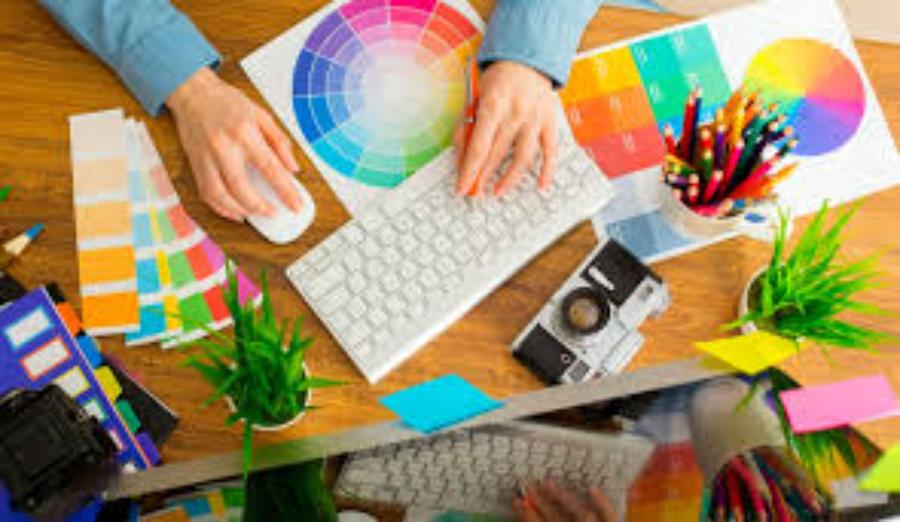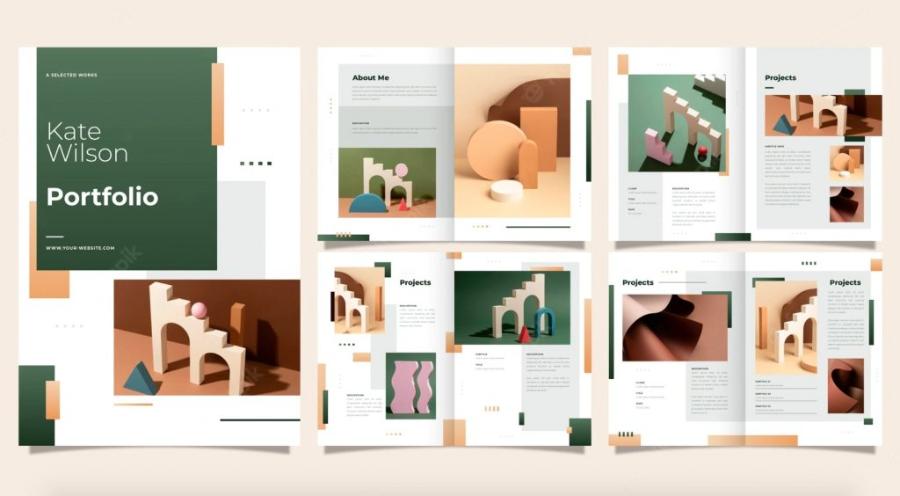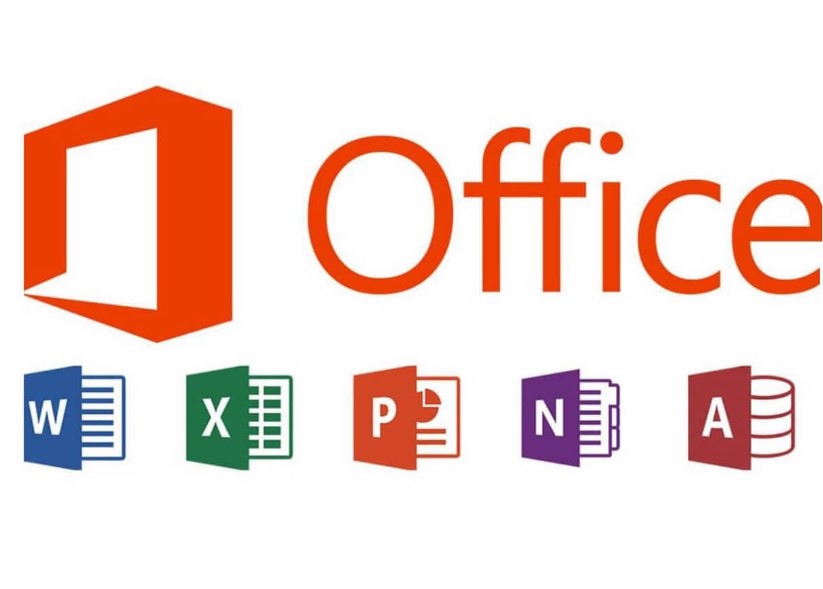Best Selling Products
Things You Need to Know to Work Effectively with Professional Designers
Nội dung
- 1.Why is it important to work with a designer?
- 2. Build a detailed Brief
- 2.1 Definition of Brief in design
- 2.2 Elements needed in an effective Brief
- 3. Communicate clearly and transparently
- 3.1 Make requests and responses clearly
- 3.2 Maintain regular connection
- 4. Respect and understanding of the design process
- 4.1 Design is not a job that can be completed in a day or two.
- 4.2 Accept the designer's creativity
- 5. Give constructive feedback
- 5.1 Why is feedback key?
- 5.2 Provide timely feedback
- 6. Plan your time wisely
- 6.1 Make a clear plan from the beginning
- 6.2 Ensure reasonable response times
- 7. Conclusion
To ensure effective collaboration with your designer, learn these key tips to help make communication easier and the final product high quality.

When working with a designer, effective communication and understanding the important elements of the design process are key to achieving the desired results. However, not everyone grasps the necessary elements to work smoothly with a designer. In this article, sadesign will review important notes to help you work effectively with a designer, from communicating ideas to giving appropriate feedback, all of which will help improve the quality of work and save time.
1.Why is it important to work with a designer?
A good designer not only creates beautiful products but also has the ability to understand and express the requirements of the customer correctly. When collaborating with a designer, you are not only looking for someone with professional skills but also a partner who can clearly understand the project vision and deliver optimal results. An effective collaboration process not only saves you time but also helps the design product achieve high quality standards, serving the needs of the customer or user.
.jpg)
Collaboration with designers plays a vital role in any project, as they not only bring creative perspective but also help convey messages visually and effectively. Designers not only design beautiful images but also ensure that visual elements are consistent with brand goals and target customers. Close coordination between stakeholders and designers helps optimize workflow, minimize errors and save time. Moreover, a professionally designed product will create a strong impression, enhance brand value and increase competitiveness in the market. Therefore, building a good working relationship with designers is a key factor to achieve success in business and communication projects.
2. Build a detailed Brief
Creating a detailed Brief in design is an important step to ensure consistency and efficiency in the project implementation process. A good Brief should include specific information such as project objectives, target audience, key messages, design requirements, desired style, budget, completion time and relevant references. In addition, clear communication with stakeholders to clarify content and expectations is also a key factor that makes the Brief a powerful guiding tool, supporting the design team to create products that meet the right needs and achieve optimal results.
2.1 Definition of Brief in design
Brief is a detailed description of the project you want the designer to do. It is the most important document that any designer needs to refer to before starting the work. A clear and detailed brief helps the designer understand the goals, requirements and limitations of the project, thereby avoiding misunderstandings and saving time for both parties.
.jpg)
Brief in design is understood as a document or summary information, providing specific requirements, goals and directions for a design project. This is an important tool to help designers understand the client's wishes, thereby building appropriate creative solutions. A professional brief often includes elements such as target audience, key messages, design style, implementation time and budget. Building a detailed and clear brief not only saves time but also ensures consistency among stakeholders during the project implementation process.
2.2 Elements needed in an effective Brief
An effective Brief should include important elements such as specific objectives, clear target audience, key messages to convey, detailed scope of work, timeframe, estimated budget and any specific requirements involved.
Project Goal: You need to be clear about what the goal of the project is. Is it about branding, creating an impression, or improving user experience?
Target Audience: Designers need to know who they are designing for. Information such as age, gender, occupation, interests, etc. will help the design process go in the right direction.
Design Style: If you have a favorite design style (minimalism, vintage, modern, etc.), don't forget to specify it in the Brief.
Features and technical requirements: Providing technical details like size, format, required elements (logo, colors, fonts, etc.) will help the designer understand the scope of work.
Additionally, providing background information about the brand, product or service is essential to ensure stakeholders understand the context and direction. A well-crafted and comprehensive Brief will help optimize the work process, minimize errors and increase efficiency in achieving the desired results.
3. Communicate clearly and transparently
3.1 Make requests and responses clearly
Communication is key in any working relationship, and working with a designer is no exception. A vague request can easily lead to a less than satisfactory outcome. Try to describe your idea in detail, including your specific feelings and goals.
.jpg)
To work effectively with a professional designer, clear and transparent communication is essential. You need to provide complete information about your requirements, project goals, target audience, and specific criteria you expect. At the same time, always be ready to listen to the designer's professional opinions and maintain an open, cooperative attitude. Regular communication and timely feedback will help both parties understand each other better, thereby ensuring that the final product meets expectations and brings the highest value.
3.2 Maintain regular connection
Throughout the design process, it is important to maintain constant communication with your designer. Regular communication and updates will help you track progress and make timely adjustments. Don’t wait until you have a finished product to ask for changes, as this can add time and effort to the process.
4. Respect and understanding of the design process
4.1 Design is not a job that can be completed in a day or two.
Even if you have a clear idea in mind, design is a process that takes time to explore, create, and refine. Designers need time to research, develop, and test different ideas before settling on the optimal solution. So be prepared for this and don’t expect a finished product right away.
4.2 Accept the designer's creativity
One of the things that makes many designers successful is their ability to be creative and flexible in their work. Remember, your designer may come up with ideas that you haven’t thought of, so allow them to express their creativity. Sometimes, being open to creative suggestions can get you much better results than you originally imagined.
5. Give constructive feedback
.jpg)
5.1 Why is feedback key?
Feedback is an important part of working with a designer. However, to provide effective feedback, avoid general comments like “I don’t like this” and instead explain why you don’t like it and offer clear alternatives. Constructive feedback will help your designer understand what you want and adjust the design to meet your needs.
5.2 Provide timely feedback
It’s also important to provide feedback at the right time. If you only provide feedback when the designer is close to finalizing the design, it can lead to revisions that need to be started over. Instead, provide feedback as soon as you receive the first prototype, giving the designer time to make changes and improve the design.
6. Plan your time wisely
6.1 Make a clear plan from the beginning
When working with a designer, it is important to plan out your timelines. Agree with your designer on how long it will take to complete each stage of the project, from initial sketches to final design. This will give you an overview of the progress of the work and help you avoid any time-related issues.
6.2 Ensure reasonable response times
In addition to the time it takes for designers to complete their work, you also need to take the time to review designs and provide feedback. Delays in providing feedback can slow down the design process and affect the overall progress of the project.
Buy Cheap Licensed Software
7. Conclusion
Working with a designer requires close collaboration, transparency and mutual respect. Building a clear Brief, communicating effectively, understanding the design process and providing constructive feedback will help the collaboration go smoothly and achieve the best results. Remember, a successful working relationship is not only based on professional competence but also on understanding and coordination between you and the designer. Wishing you a great working experience with your design team!












































